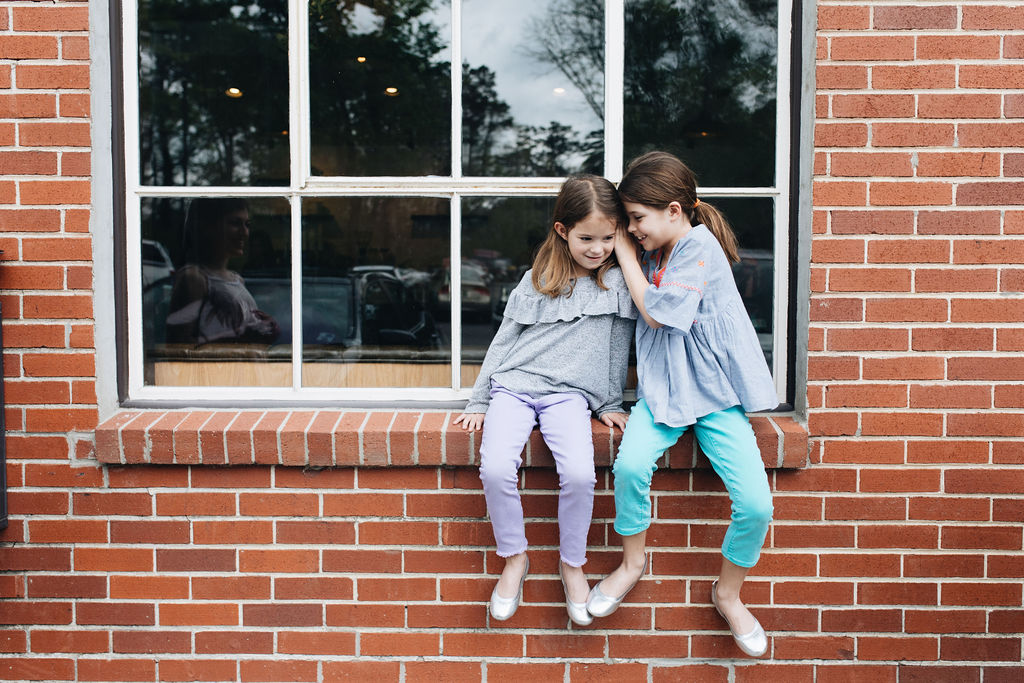Table of Contents
Setting Expectations
When introducing a new babysitter to your child, it is crucial to set clear expectations from the start. Discuss with the babysitter your parenting style, house rules, and any important information regarding your child’s routine, such as meals, naps, and bedtime rituals. Providing this information helps the babysitter understand your family’s dynamics and enables them to align their caregiving approach with your preferences. Additionally, ensure that the babysitter understands any specific instructions or requirements related to your child’s safety, such as allergies or medical conditions. This open and transparent communication sets the foundation for a successful childcare routine.
On-Demand Childcare in Your Neighborhood
Book a Sitter
Fostering Communication
Effective communication is essential for building a strong relationship between you, your child, and the babysitter. Encourage open dialogue by establishing regular check-ins with the babysitter. During these check-ins, you can address any questions or concerns that arise and provide updates on your child’s behavior or progress. Similarly, request feedback from the babysitter regarding their experiences and observations. This two-way communication fosters trust and allows for adjustments to be made if necessary. It also serves as an opportunity to discuss any changes in routines, such as upcoming events or outings, in order to ensure everyone is on the same page.
Maintaining Consistency
Children thrive on consistency and predictability. Creating a consistent childcare routine helps them feel secure and comfortable in their environment, even with a new caregiver present. To achieve this, work with the babysitter to establish a daily schedule that mirrors your child’s usual routine as closely as possible. This includes maintaining regular mealtimes, nap times, and bedtime rituals. By following a predictable routine, you provide a sense of stability for your child, easing the transition and helping the babysitter smoothly integrate into their daily life. Additionally, ensure that the babysitter is aware of any specific rituals or activities that your child enjoys to maintain familiarity and promote a positive bond.

Promoting Engagement
A successful childcare routine involves more than just maintaining a schedule. It also includes creating opportunities for the babysitter to actively engage with your child. Encourage the babysitter to participate in activities that are aligned with your child’s interests and developmental stage. This may include reading books together, playing games, or engaging in creative projects.
By promoting engagement, you not only enhance your child’s overall experience but also allow the babysitter to build a connection and establish their presence as a trusted caregiver.
Adapting to Change
While consistency is important, it is also crucial to remain flexible and adaptable in your childcare routine. Children experience various stages of development, which may result in changing needs and preferences. Be open to altering certain aspects of the routine as your child grows and their interests evolve. Encourage the babysitter to suggest new activities or approaches that align with your child’s development. This fluidity allows for a dynamic relationship between the babysitter and your child, ensuring that their evolving needs are met and that the routine remains engaging and beneficial.
In conclusion, creating a childcare routine plays a vital role in establishing a smooth transition when hiring a babysitter. By setting expectations, fostering communication, maintaining consistency, promoting engagement, and adapting to change, you can ensure a positive experience for both your child and the babysitter. Remember, communication and flexibility are key in building a strong relationship between your child and their caregiver. With these strategies in place, you can confidently navigate the process of hiring a babysitter and provide your child with a nurturing and secure environment.










